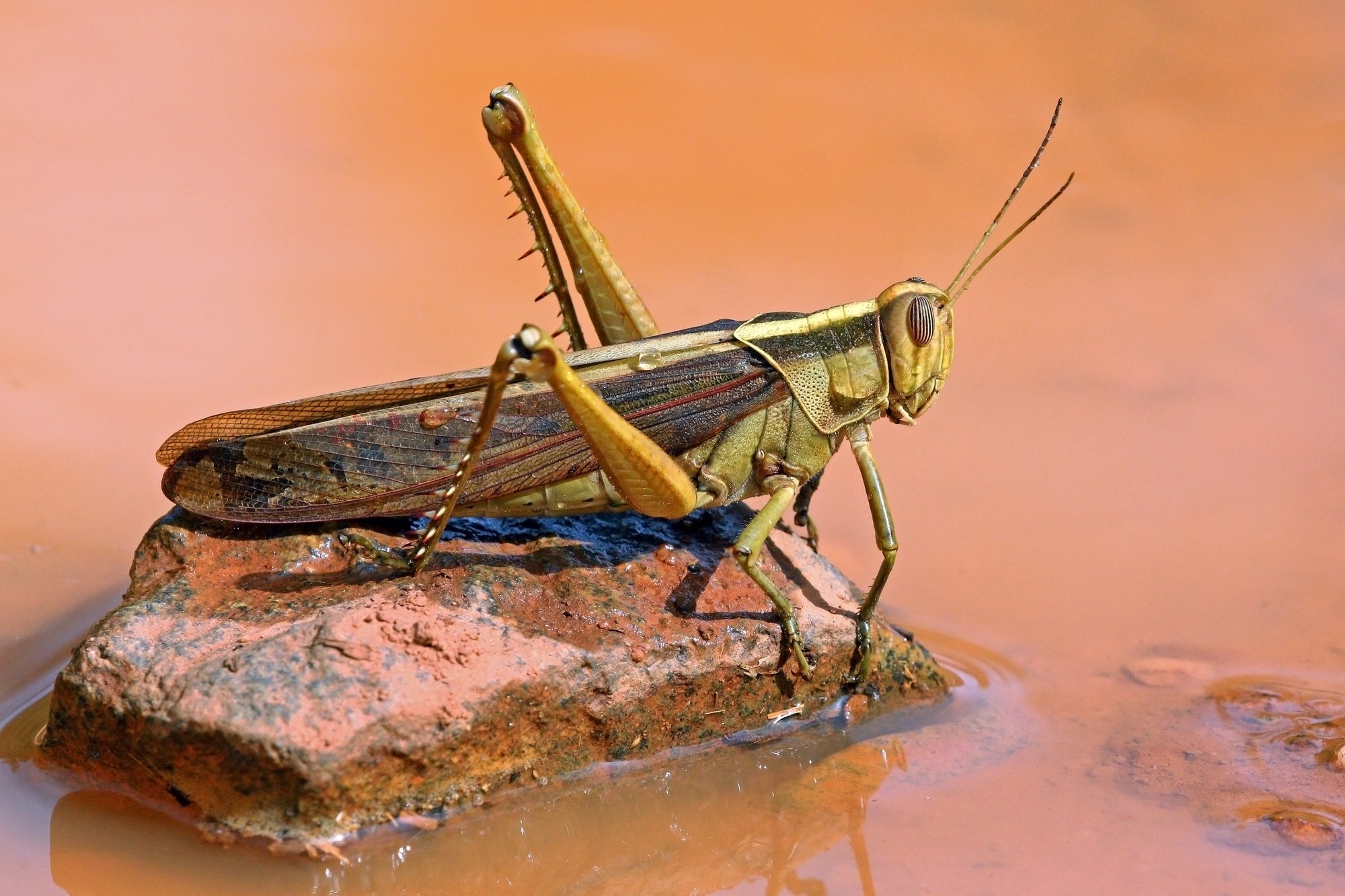What Happened?
The most serious locust outbreak in 25 years struck east African nations last week, which experts are blaming on severe climate change.
The locust swarm measured at 37 miles long by 25 miles wide, according to the Food and Agricultural Organization for the United Nations. The swarm has been tracked in northeast Kenya, as the swarm — comprised of immature locusts — is moving west along the Ethiopian border and south toward Kenya’s Tana River County, according to the FAO.
While immature swarms continue to form in the eastern regions of Ethiopia, mature swarms are present in Somalia and the Garbahare area near Mandera, Kenya, according to FAO.
In Context
The locust swarms are comprised of desert locusts, which are considered the most dangerous type of locust species and have already consumed parts of Djibouti, Eritrea, Ethiopia, Somalia and Sudan, according to WSBT22.
Each weighing two grams and roughly the size of a finger, the desert locust poses no threat in small numbers, as the locusts eat their weight, according to Sustainability Times. However, the locust can consume lots of vegetation every day — enough to feed about 2,500 people, according to Desert Locust Control for East Africa.
“A typical desert locust swarm can contain up to 150 million locusts per square kilometer,” Kenya’s Intergovernmental Authority on Development said, according to ITV News. “Swarms migrate with the wind and can cover 100 to 150 kilometers in a day.”
The swarms consuming so much vegetation becomes a problem for the countries’ agriculture and threatens the livelihoods of rural communities, according to Sky News. Hundreds of thousands of acres of crops have been destroyed.
The locusts breed under the heavy rains that poured into the region, according to The East African. The heavy rain followed one of the worst droughts that Ethiopia, Somalia and South Sudan had faced in 60 years.
Ethiopia was struggling with the increasing locust population in Nov. 2019, according to Sustainability Times.
“They’re eating through 8,700 metric tons of green vegetation every day, FAO said, and hopper bands – young locust populations moving together – have been present in 60 percent of the Ethiopian land surveyed between July and September,” Sustainability Times said.
The Latest
Minister of Agriculture and Animal Resources of Rwanda Gérardine Mukeshimana put the nation on high alert Thursday, Jan. 16, as its neighboring countries are affected by the locust swarm, according to CGTN.
As of Monday, Jan. 20, Ethiopia and Somalia are still plagued by locust swarms in the north of each country, according to the FAO.
Ground and aerial control efforts have been made against the swarms in Ethiopia. So far, about 6,000 hectares of Ethiopia has been treated this month, according to the FAO.
Similar control efforts have been made in Somalia.
“Aerial control efforts need to be urgently and very quickly upscaled in all countries,” according to the FAO.
While the nations of eastern Africa struggle with diminishing crops, swarms of locusts have already migrated past the Red Sea toward Yemen, Saudia Arabia and southern Iran, where swarms have matured and laid eggs, according to the FAO.
Southern Iran has been facing unusual heavy rains, causing flooding and loss of life.
The FAO predicts that “Once floodwaters recede, ecological conditions will be favorable for several months of breeding that is expected to cause a significant increase in locusts by spring.”



